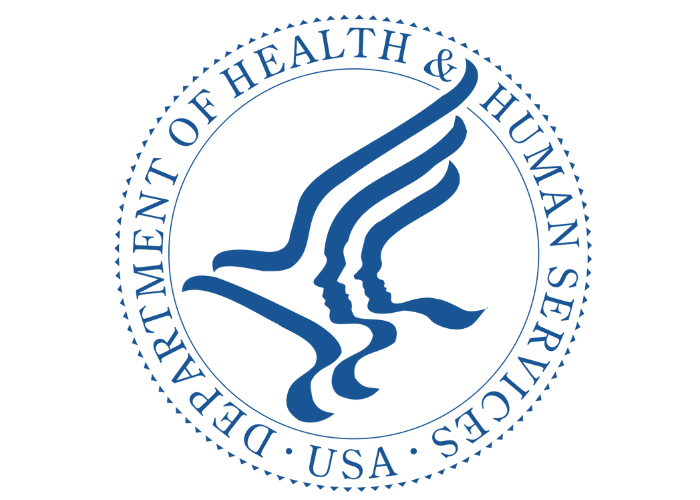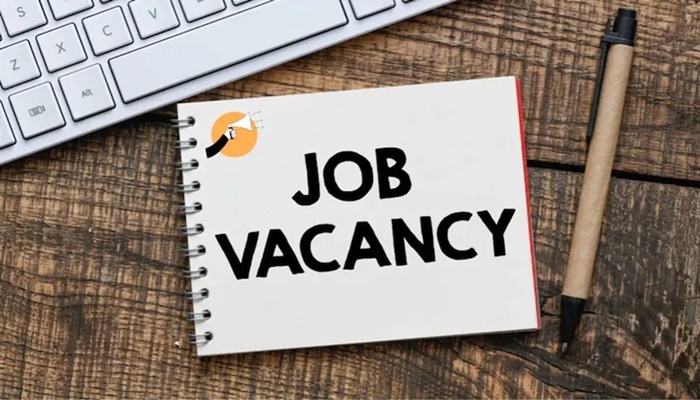The UK is facing a quiet but profound workforce crisis. Long-term sickness among working-age adults is at its highest recorded level, and employers are increasingly grappling with the financial and operational strain of extended absences.
According to the Office for National Statistics (ONS), about 2.8 million people in the UK are currently classified as long-term sick, a figure that has risen by roughly one-third since the COVID-19 pandemic.
But what is driving this surge, and what can employers do to prevent staff from reaching the point where they feel unable to work at all?
The UK is facing a quiet but profound workforce crisis. Long-term sickness among working-age adults is at its highest recorded level, and employers are increasingly grappling with the financial and operational strain of extended absences.
According to the Office for National Statistics (ONS), about 2.8 million people in the UK are currently classified as long-term sick, a figure that has risen by roughly one-third since the COVID-19 pandemic.
But what is driving this surge, and what can employers do to prevent staff from reaching the point where they feel unable to work at all?
Research also shows that the longer someone remains out of work due to illness, the harder it is for them to return. After six months, the likelihood of a successful, sustained return to work falls to less than 50%. This is why early action, Sly argues, is essential.
The case for early intervention
MetLife UK has been advocating for what it describes as early intervention, recognising and addressing health issues before they lead to extended absences.
This approach includes:
- Vocational rehabilitation support to help employees adjust or adapt their workload
- Workplace or home adjustments to reduce strain or stressors
- Faster access to treatment, including mental health support
- Health and lifestyle support to reduce the likelihood of chronic illness developing
“If you can deal with these things at a much earlier stage, then there’s less chance of someone developing an illness that leads to absence,” Sly says.
Many employers aren’t tracking the issue
One of the biggest challenges, Sly said, is that many businesses do not even monitor sickness absence, let alone its causes.
“Around 16% of companies don’t monitor sickness absence at all,” he said. “If you don’t look at it, how do you know what’s affecting your employees? How do you know if you have good health and wellbeing?”
This lack of visibility means employers often don’t see problems until it’s too late, and the employee is already off work long-term.
The pandemic accelerated hybrid and remote working, blurring boundaries between personal and professional life. Some employees now experience an “always on” culture where emails, messaging apps and work notifications constantly follow the worker.
This makes employer-led preventative health support more important than ever. Sly argues that the industry needs to shift away from thinking of income protection simply as a financial safety net, and instead view it as a proactive health management tool.
“It’s really flipping the idea of what income protection does,” he says. “It’s not just that financial product. It is more about early intervention and prevention becoming the hero of the story.”
Source – https://finance.yahoo.com/news/employee-health-workplace-sickness-uk-083336822.html




















